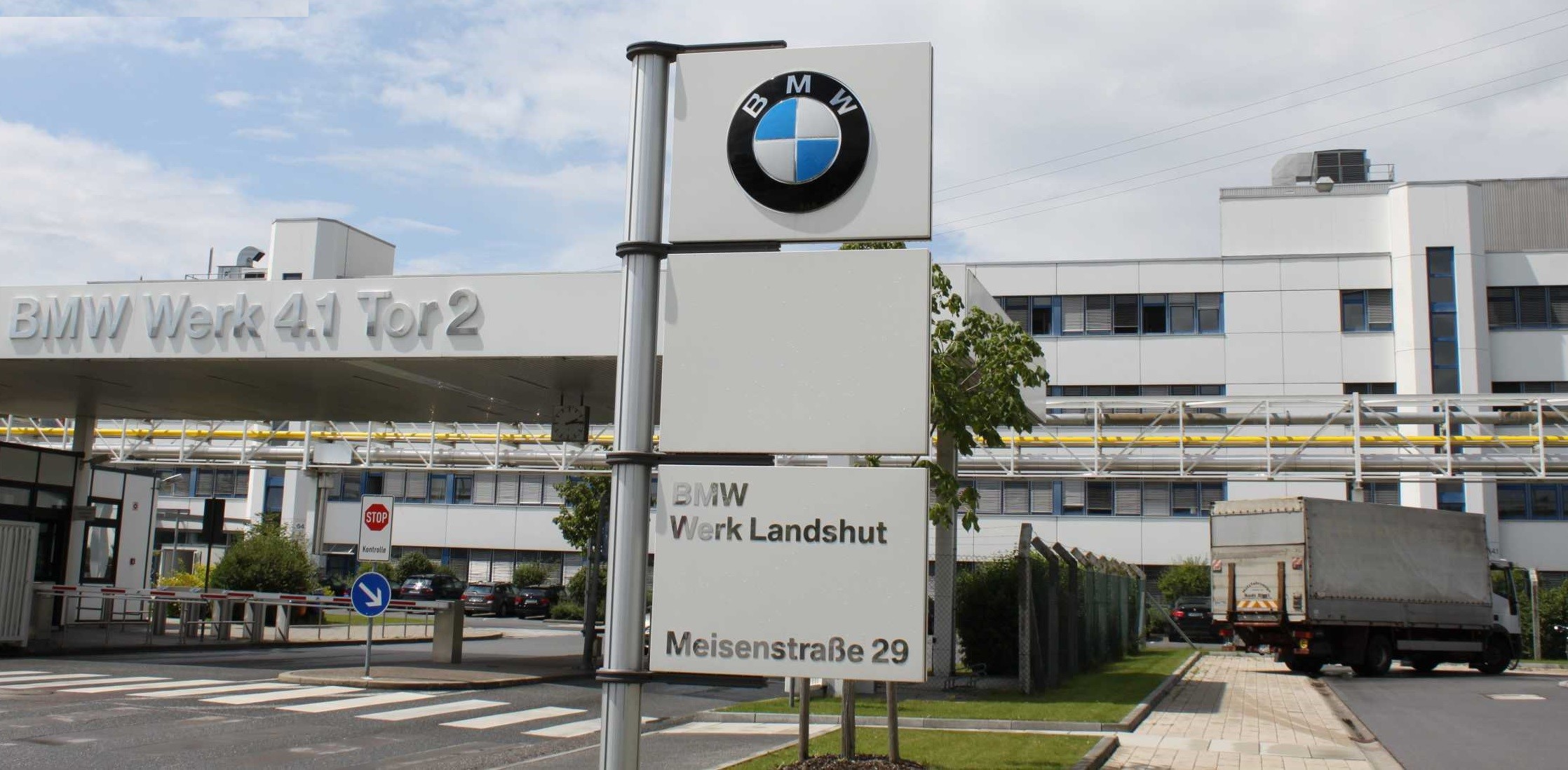

Electric-powered heating stations for the aluminium melt have recently been used for the first time in a test operation in the BMW Group’s Landshut facility, the plant’s main production area. As a result, the plant's energy efficiency and resource consumption are both growing. Previously, gas was used to heat the heating stations throughout the foundry. Following a successful test phase, they will be gradually replaced with electrically run heating stations across the board, saving around 60 tonnes of CO2 per heating station each year.

"The light metal foundry was and is a pioneer. Our innovative manufacturing processes are sustainable and have won several awards. The fact that we are now converting the operation of our heating stations from gas to electric is both energy-efficient and economical,” said Dr. Stefan Kasperowski, head of the Lower Bavarian component plant.
The light metal foundry is the BMW Group's only light metal casting production plant in Europe. Last year, the over 1,600 employees of the BMW Group's Landshut light metal foundry produced about 3.1 million cast components weighing a total of 67,000 tonnes. Engine components such as cylinder heads and crankcases, as well as electric drive components and large-scale structural components for the vehicle body, are all part of the production scope.
The aluminium used in the components is brought to the BMW Group's Landshut facility in two forms, liquid and solid in the form of so-called ingots, or aluminium bars. The aluminium is then heated in casting furnaces at the plant's smelter before being cast in the foundry at roughly 750 degrees Celsius.
Aluminium is transferred by forklift truck in transport ladles from the smelter to the separate casting sites. The transport ladles must be prepared at 600 to 700 degrees Celsius to guarantee that the light metal, which has a temperature of several hundred degrees, does not cool too rapidly on its journey to processing. To date, typical industrial gas burners have been used.
"In 2010, we were the first emission-free foundry in the world to use molding sand cores. By using inorganic binders, we were able to reduce emissions from combustion residues by 98 percent even then. Since then, we have received numerous awards. Most recently, in 2019, we were certified by the Aluminum Stewardship Initiative (ASI), an international organization of environmental and industry associations, for the sustainable use of aluminum. Since 2021, we have been using aluminum that uses electricity generated from solar energy in its production. We are pleased that we have been able to make significant contr+ibutions to reducing CO2 emissions to date," added Kasperowski.
Responses








